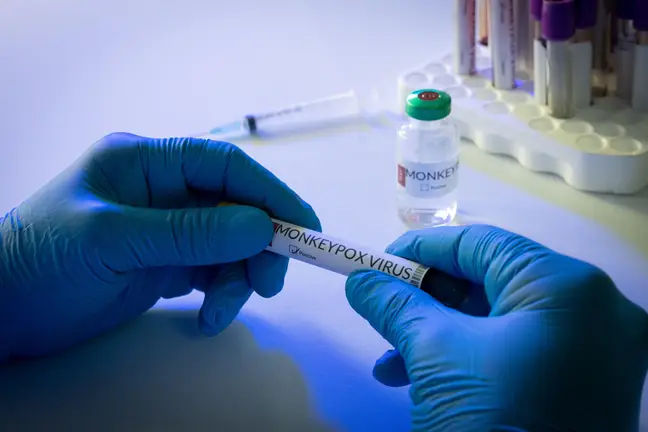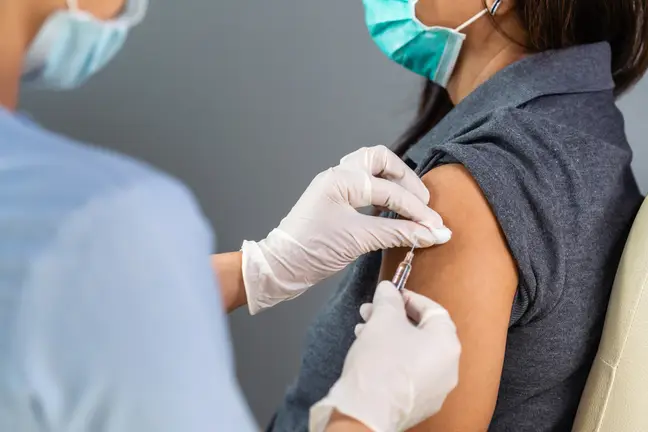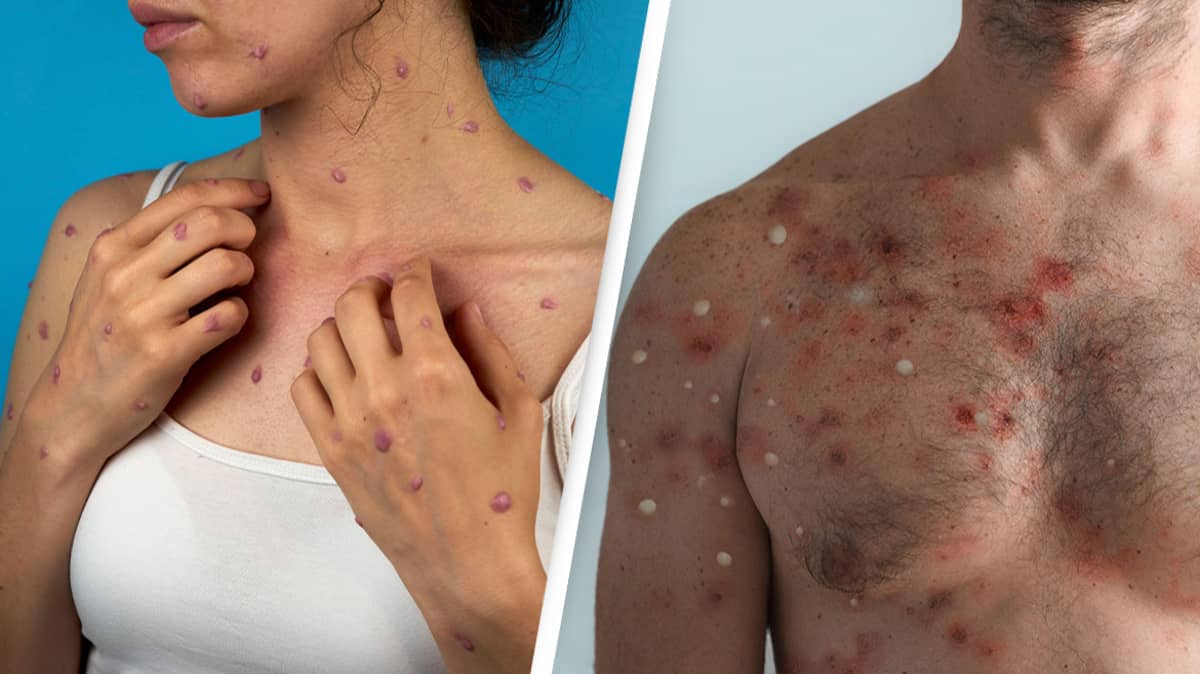The World Health Organization (WHO) has said that the name of the disease known as “monkeypox” will be changed after the public has a chance to weigh in.
People said that the original name for the disease was racist and put them in a bad light.

In a statement, the WHO said that the disease will now be called “mpox,” and that both names will be used for a year while the term “monkeypox” is phased out.
Both names will be used simultaneously for one year while ‘monkeypox’ is phased out,
they said.
Men’s health group REZO came up with the name “mpox” because they thought that getting rid of the word “monkey” would help people take it more seriously.
The disease was first found in 1970, and it got its name from the virus that was found in 1958 in monkeys in a Danish lab. This was before the WHO gave advice on how to name diseases. The advice focuses on naming diseases in a way that doesn’t hurt trade, travel, tourism, or animal welfare and doesn’t offend cultural, social, national, or ethnic groups.

Mpox is a rare disease that usually happens in western or central Africa. There has been a rise in the UK recently, and in October, infectious disease expert Professor Neil Ferguson said that even though the UK seems to have the disease under control, it could come back.
The disease can be passed from one person to another through close physical contact with infected blisters or scabs (including sexual contact, kissing, cuddling, or holding hands), touching clothing, bedding, or towels used by someone with mpox, or being close to someone who is coughing or sneezing.
If you get mpox, the first symptoms usually show up anywhere from 5 to 21 days later. These include a fever, a headache, achy muscles, a sore back, shivering, feeling tired, and pain in the joints.
A rash usually starts on the face and spreads to other parts of the body a few days after the first signs of illness.

WHO records show that there have been more than 80,000 cases of mpox and 55 deaths.
There is a vaccine for the disease, and the UK Health Security Agency (UKHSA) said last week that a single shot gives 78 percent protection.
Between July 4 and November 3, 2022, researchers looked at data about the jab. After 14 days, a single dose protects 78 percent of people, and a second dose is thought to protect even more.









